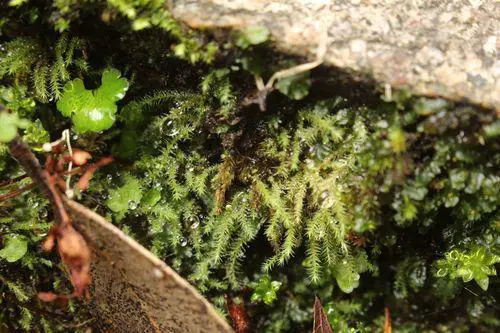
cd1e546462a33769ba40d5df80199b49.jpg from: https://www.pinterest.com/pin/541909767643491933/
Exploring the Fascinating World of Climacium japonicum Lindb. Moss
Introduction
Mosses are often overlooked, but they play crucial roles in ecosystems around the world. One particularly interesting species is

medium.jpeg from: https://www.inaturalist.org/taxa/802804-Climacium-japonicum
Climacium japonicum Lindb., a moss in the Climaciaceae

climacium-japonicum.jpg from: https://plantasygambas.com/plantas/climacium-japonicum
family. In this blog post, we’ll dive into the details of this fascinating plant.
Background
Climacium japonicum Lindb., also simply called Climacium, is a species of moss native to parts of Asia, including Japan, China, and Korea. It belongs to the

1.jpg from: https://freshwater-aquarium-passion.blogspot.com/2010/10/climacium-japonicum.html
Bryophyta division and Bryopsida class. Mosses like Climacium lack true roots, stems, and leaves, instead having simple structures that serve similar functions.
imported_ultra_rare_climacium__1593836333_caf10f2f from: https://www.carousell.sg/p/imported-ultra-rare-climacium-japonicum-aka-tree-moss-for-terrarium-vivarium-paludarium-1018107820/
Morphology and Identification
Climacium japonicum forms upright, tree-like shoots that can reach 5-10 cm tall. The main stems are stiff and wiry, with numerous short side branches that give it a triangular shape. The phyllids (leaf-like structures) are small, crowded, and have a distinctly serrated edge visible under magnification. Capsules are rarely produced.

5fbb6becd36f9bd3167aa3aecbadf0d7–freshwater-plants-aquascaping.jpg from: https://www.pinterest.com/pin/649644314990652850/
Global Distribution and Habitat
This species is found in temperate regions of eastern Asia

climacium-01-bj.jpg from: https://wcbotanicalclub.org/climacium-01-bj/
, typically growing on damp soil, rocks, logs, or tree bases in forests. It prefers shaded sites with high humidity. Climacium can form extensive mats or scattered colonies mixed with other mosses and liverworts.

climacium-02-bj.jpg from: https://wcbotanicalclub.org/climacium-02-bj/
Ecological Roles and Adaptations
Like other mosses, Climacium plays important roles in its ecosystem:
- Helps retain moisture and prevent erosion
- Provides shelter for tiny invertebrates
- Serves as seed beds for other plants
- Indicator of air and water quality
Climacium has several adaptations that allow it to thrive:
- Thick cell walls to retain water
- Clump growth form to self-protect from drying out
- Can enter dormancy to survive dry periods
- Reproduces asexually via fragmentation
Conclusion
Climacium japonicum is a prime example of how even tiny, inconspicuous organisms like mosses can be captivating once you start to learn about them. Its unique morphology, habitat preferences, and ecological roles make it a fascinating subject.

F750-09.jpg from: https://plants.alsipnursery.com/12120002/Plant/14740/American_Climacium_Moss

jim__stasz_19703164329_d9f44cc7c2_c.jpg from: https://marylandbiodiversity.com/view/10728
The next time you’re out in nature, take a closer look – you might just spot some Climacium! What other overlooked species have caught your interest?